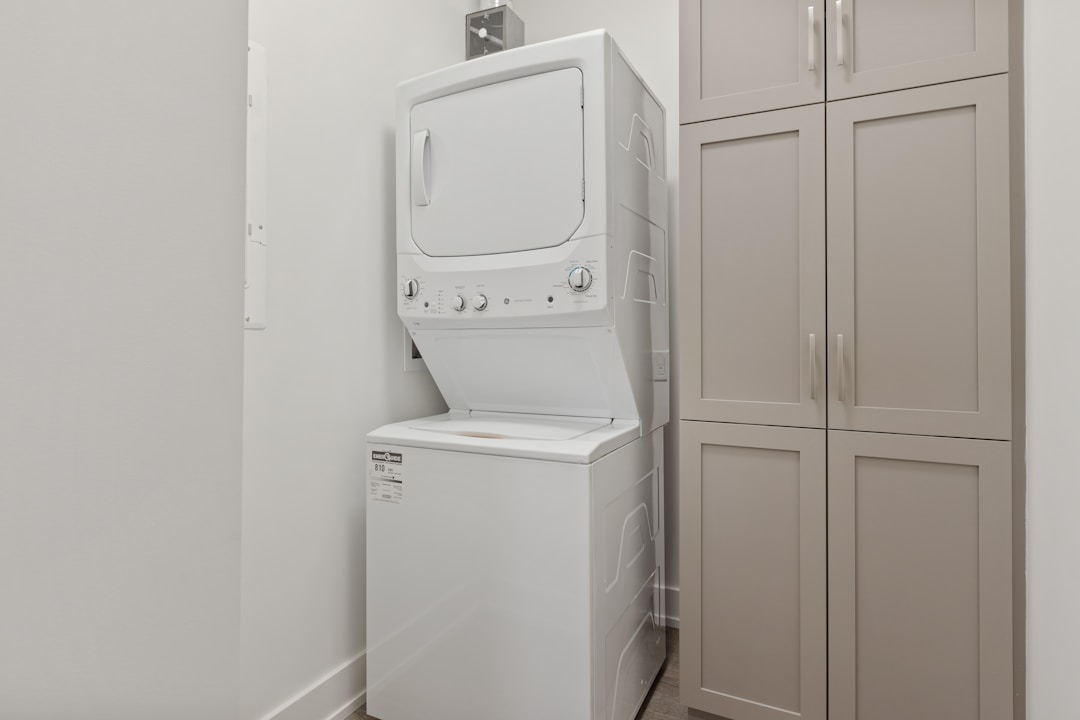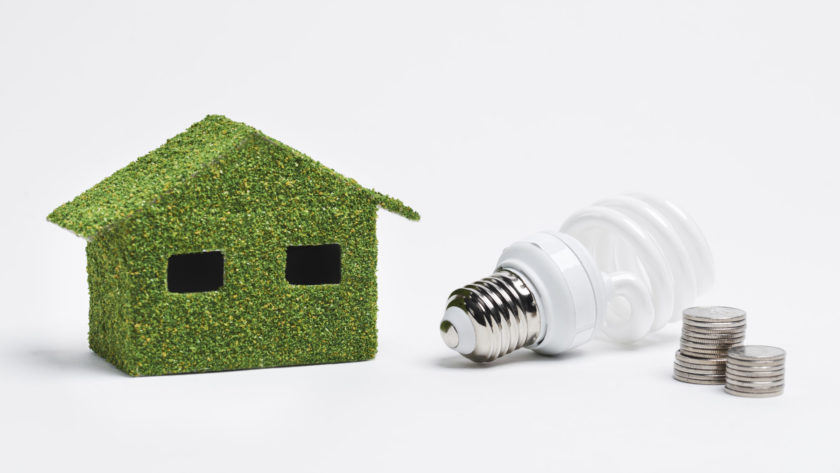Residential homes in the United States account for a good portion of the total energy usage across the country. Of the roughly $2,000 that the average American spends on annual energy usage, it is estimated that 10 to 20 percent could be due to energy waste. From drafty windows and outdated HVAC units to lighting and inefficient appliances, many areas around the home could contribute to energy waste. By reducing energy usage and eliminating possible sources of waste, you could see significant savings on your energy bills.
Completing a home energy evaluation is a great way to determine the areas that need attention. An evaluation of your energy usage and patterns with your energy bills will help you identify specific measures you can take to make your home more efficient. With these things in mind, you can implement some changes that could save energy and money. In general, every homeowner can do some pretty simple things to save energy. Let’s take a look at some ways to improve your energy efficiency.
Examine your appliances.

The appliances you use in your home account for a large portion of your annual energy use. Think about all of the things that use energy in your home, from your washer and dryer to your dishwasher and the refrigerator. Over time, aging or malfunctioning equipment could account for significant energy waste. If you notice that your dishwasher is taking longer than it should or your dryer isn’t as fast as it used to be, you could have inefficient equipment. Having a technician evaluate your equipment will ensure that your home is as efficient as possible. An appliance repair company can tune up your appliances and provide needed repair service to restore energy efficiency. Depending on where you live, you can search for “appliance repair in Bend, OR,” for example, to find service in your area.
Focus on your windows.

One of the biggest sources of energy waste comes from your windows. Old, leaky windows can account for as much as 30 percent of waste when it comes to energy use. If your windows let air in and out of your home, your HVAC is working harder to keep your home comfortable. A simple solution is to seal up your windows and stop air leaks.
If your windows are newer or aren’t leaking, they could still be contributing to your energy loss. As the sun and UV rays stream in through your windows, the sun’s heat can have a greenhouse effect on your home. As your windows let the sunlight in, the temperatures in your home increase. As a result, you run fans more frequently or turn your air down to combat the heat. You might consider installing window films to block ultraviolet rays that contribute to heat gain in your home. Depending on where you live, you can search for “residential window tint in Dallas,” for example, to find window tinting in your area. This could help you keep the heat out of your home and the cool air in.
Look at your lighting.

An average household dedicates around 11 percent of its energy budget to lighting. Older lightbulbs and unnecessary lighting can create inefficiencies. Installing ENERGY STAR-qualified lightbulbs and lighting fixtures for the most used areas of your home will reduce your energy usage and costs. New lighting technology can reduce lighting energy use by as much as 50 to 75 percent.
If you want to make more major changes around your home, you can seek out newer appliances and energy-efficient HVAC equipment with higher SEER ratings. However, if your budget doesn’t allow for such expensive upgrades, you can look into window tinting, appliance repair, and lighting changes as easy solutions.



